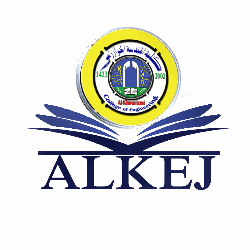Estimation of SNR Including Quantization Error of Multi-Wavelength Lidar Receiver
Keywords:
lidar, Signal-to-noise ratio, aerosols, noise, laser radarAbstract
This paper comprises the design and operation of mono-static backscatter lidar station based on a pulsed Nd: YAG laser that operates at multiple wavelengths. The three-color lidar laser transmitter is based on the collinear fundamental 1064 nm, second harmonic 532 nm and a third harmonic 355nm output of a Nd:YAG laser. The most important parameter of lidar especially daytime operations is the signal-to-noise ratio (SNR) which gives some instructions in designing of lidar and it is often limit the effective range. The reason is that noises or interferences always badly affect the measured results. The inversion algorithms have been developed for the study of atmospheric aerosols. Signal-to-noise ratio (SNR) of three-color channel receivers were presented while averaging together 1, 20, 50 and 100 lidar returns and combined to the signal to noise ratio associated with the quantization process for each channel.
Downloads
Downloads
Published
Issue
Section
License
Copyright: Open Access authors retain the copyrights of their papers, and all open access articles are distributed under the terms of the Creative Commons Attribution License, which permits unrestricted use, distribution and reproduction in any medium, provided that the original work is properly cited. The use of general descriptive names, trade names, trademarks, and so forth in this publication, even if not specifically identified, does not imply that these names are not protected by the relevant laws and regulations. While the advice and information in this journal are believed to be true and accurate on the date of its going to press, neither the authors, the editors, nor the publisher can accept any legal responsibility for any errors or omissions that may be made. The publisher makes no warranty, express or implied, with respect to the material contained herein.








